Motion to compel
Shiny objects and shorter attention spans. That's what it comes down to.Here are nine, easy examples of how to incorporate motion into your marketing, because it's no longer enough to just put yourself out there, you also have to dance. For marketers, and brands, the investment in extra action offers an immediate increase in engagement. Video content has 12x more shares than images or text. Get moving!
1. GIFs.
Visual Data is processed 60,000x faster than text. For us, GIFs represent a straight brand play on social media, allowing our clients to give their fans a graphic boost when posting about their favorite places.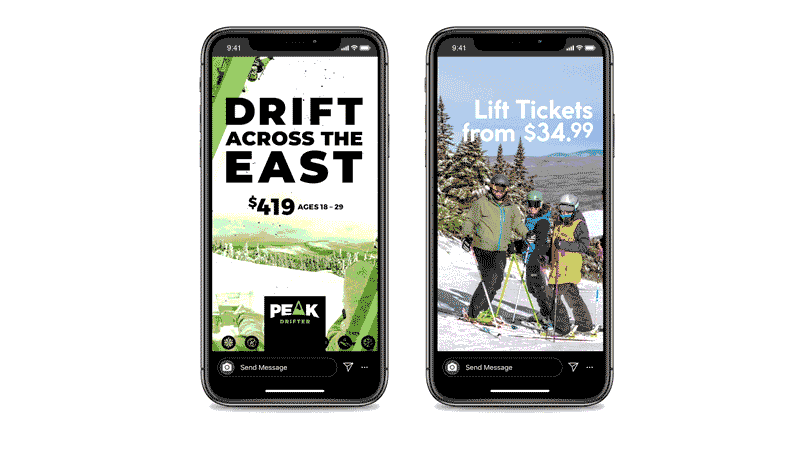
2. Parallax
According to Forbes, 59% of executives would rather watch video than read text. We animate elements of a design to take a static approach and make it more entertaining and engaging. Using elements of motion works to pull a viewer into the ad and more effectively communicate a message. This is an easy way to create a 'video' when footage is hard to come by. 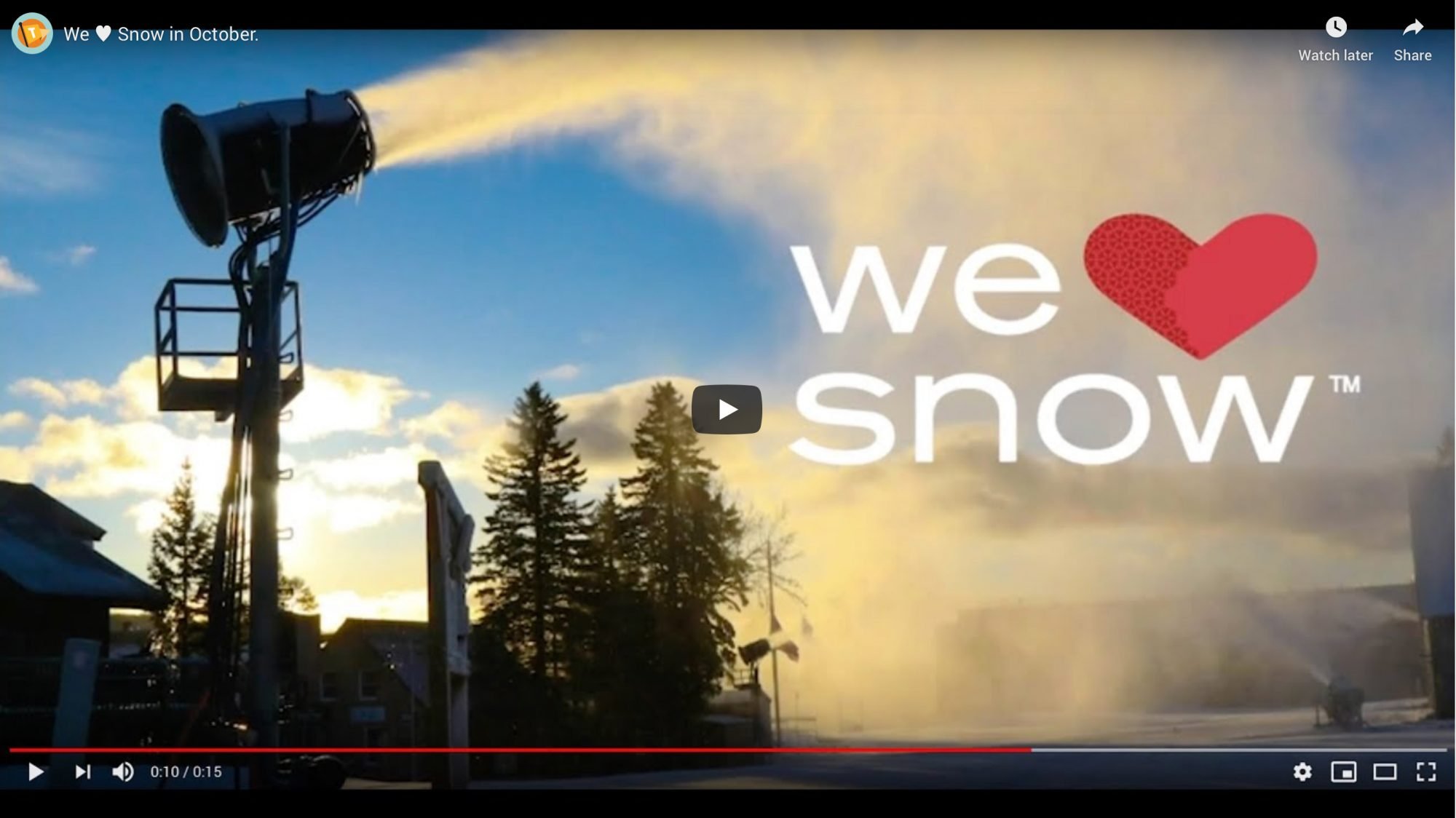
3. Cinemagraphs
Looking for more-than-static marketing? Cinemagraphs isolate motion in the frame, creating content that's somewhere between a photo and a video. There are dozens of mobile apps that allow for content to be created in this way, and the results can be beautiful, and shareable. According to Invodo, 92% of mobile video consumers share videos with others. 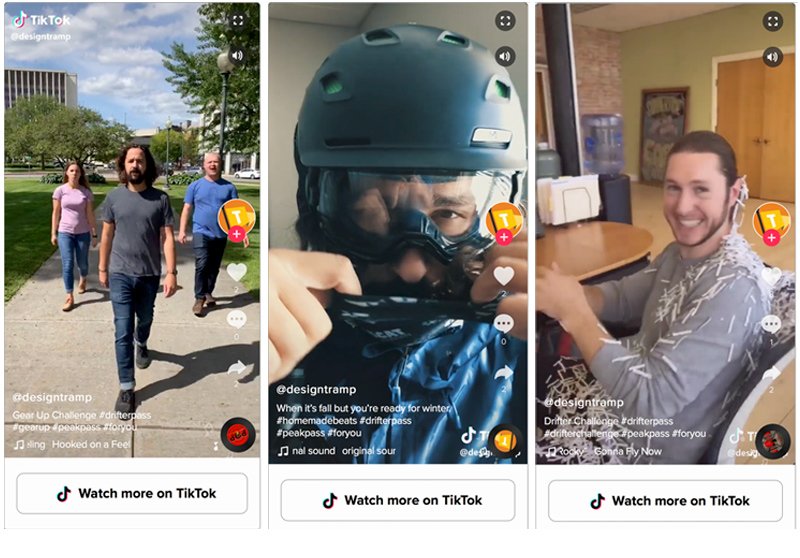
4. TikTok
Family dinner table conversation topic: your kids can probably explain TikTok best. The online studio is a leading destination for short-form mobile video. It's a place to play, create, and riff off of existing content, and consumer-facing marketers are well aware of how much time users spend on the app. Click the photo above for a look at how we're using the platform to connect with 18-29 year-olds interested in skiing. 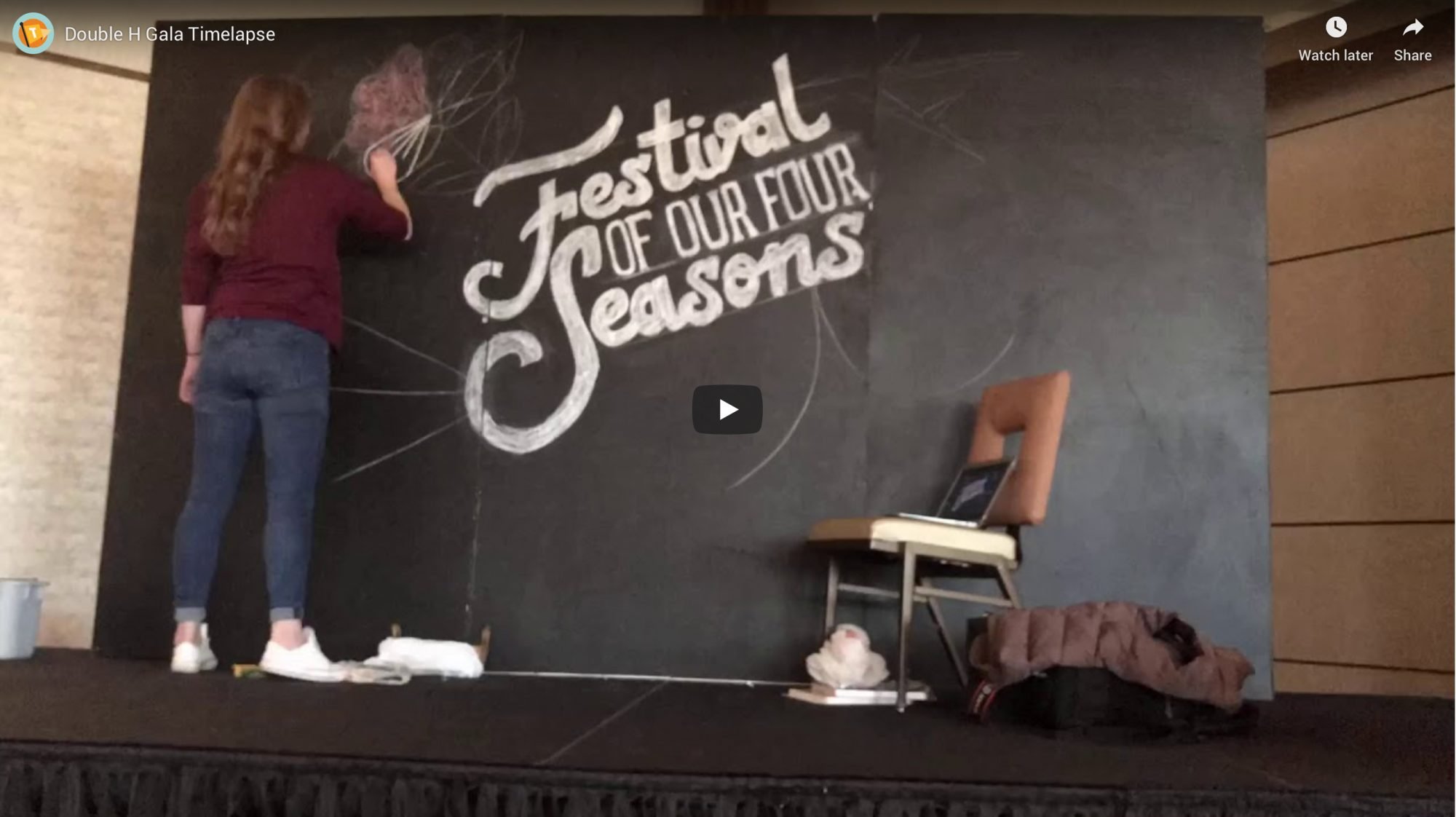
5. Time Lapse
According to NIELSEN Wire, 36% of online consumers trust video ads. A time lapse is a great way to build on that trust. It shows, quickly, how a project or sequence went from A to B and viewers can connect with the effort that went into creation or transformation. Speeding up time to quickly compare before and after is a transparent, inclusive way to communicate. 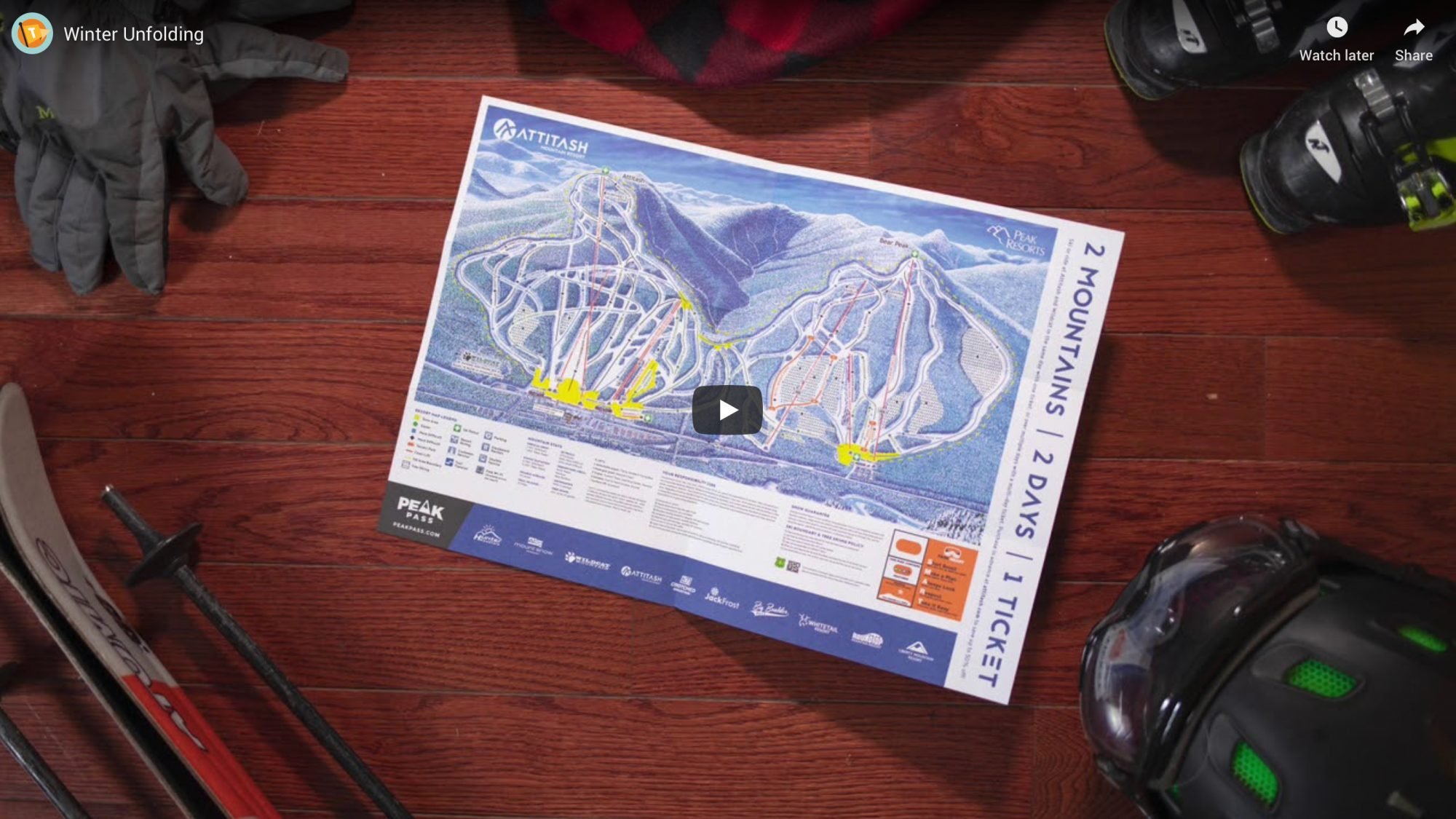
6. Stop Motion
Video posts have 135% greater organic reach than photos. So, even if video does not exist, it makes sense to create a timeline and deliver information in a way that's a little more compelling. Stringing stills together is a little old-time, but it gets the job done. 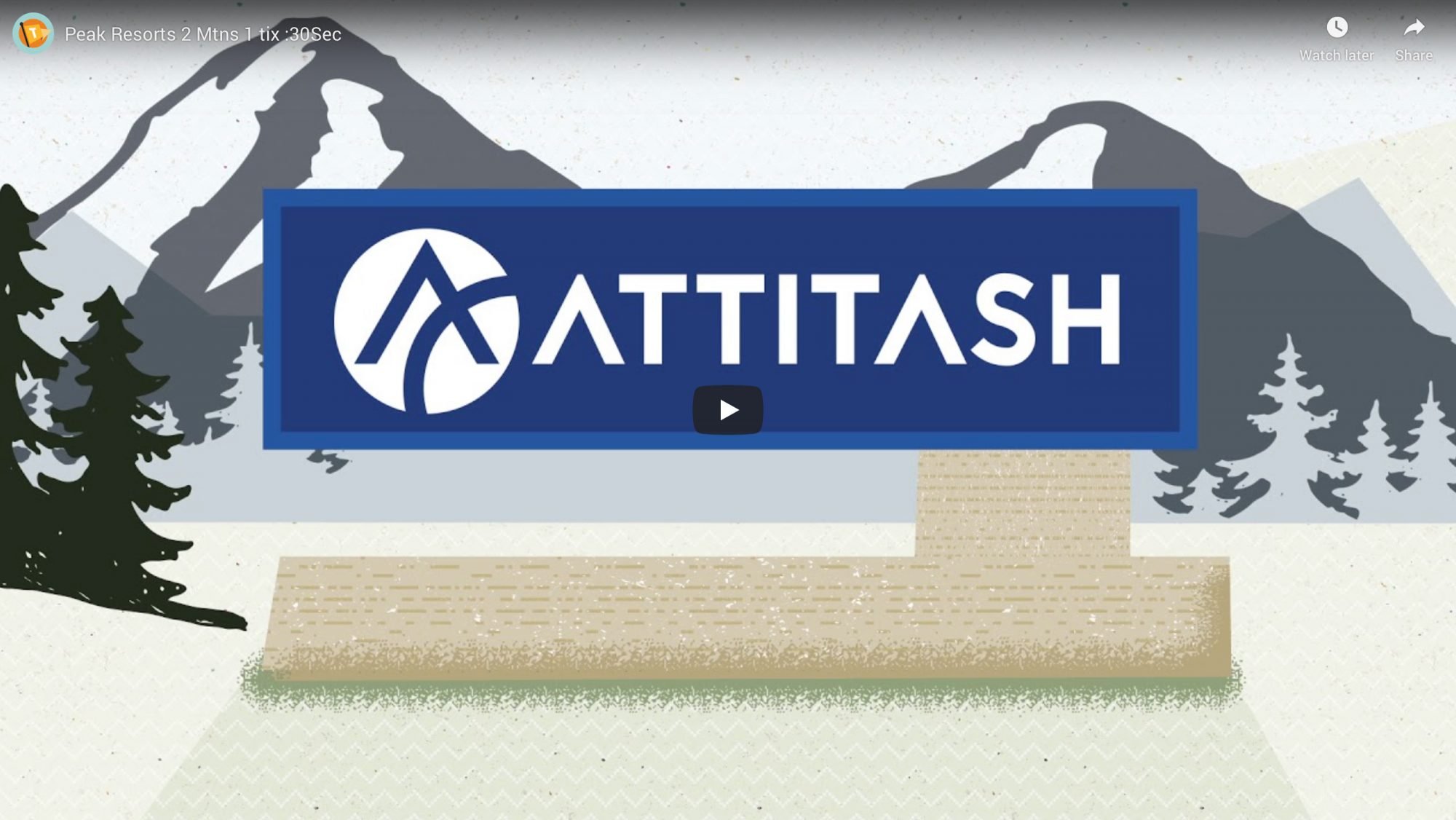
7. Animation
Animated explainer videos increase conversion rates by 20% according to Unbounce. Creating an animation or motion graphic that can convey complex ideas is a great way to keep communication simple. 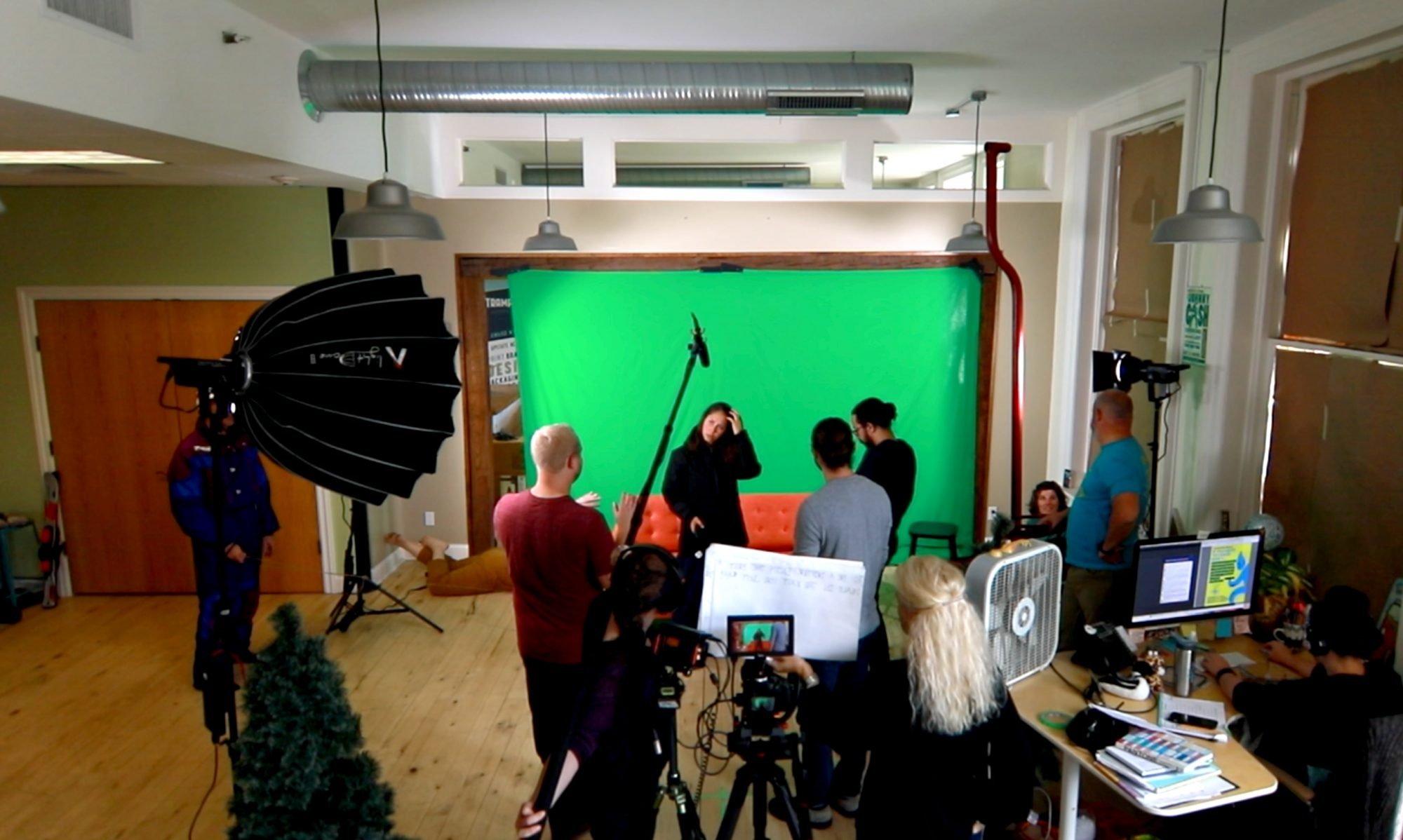
8. Green Screen
Narrating a message to an audience involves theatricality.Wardrobe, lighting, sound, and surroundings all contribute to the effectiveness of the story being told. Sometimes, a location might be challenging, or maybe an explosion is called for and you're fresh out of C4. Enter: the green screen.While we don't do a lot of studio work, click the photo above to see how we used Big Green to cover a lot of ground (the entire northeast) in a single video! Here's a look behind the scenes on this one. 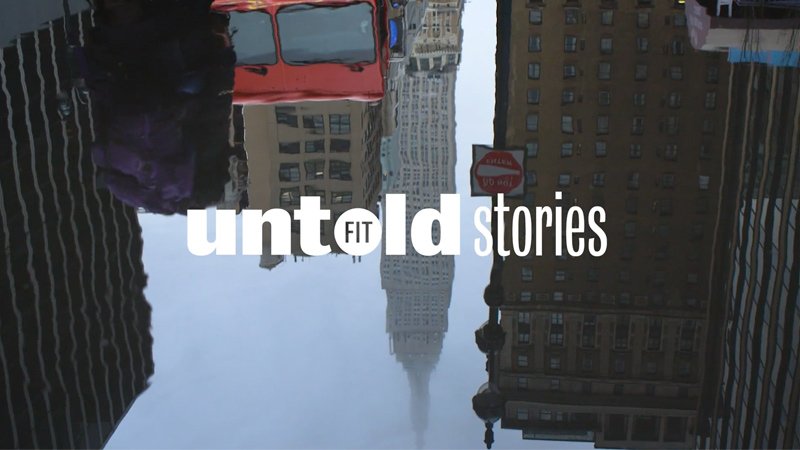
9. Videography
More video content is uploaded in 30 days than all three major U.S. TV networks combined have created in 30 years.In the motion category, shooting video is the most involved medium. It takes planning and organization before the cameras begin rolling, and involves a team of crew members for the results to measure up. After the shoot, a group of editors will work their magic in a darkroom, and we'll have produced a piece of content that hits you right in the feels.Click the photo above for a look at how we use video to sell our own creativity.
 .sqs-block-summary-v2 {
.summary-title-link,
.summary-heading {
font-family: archivo black;
font-weight: 400;
font-size: 2rem !important;
color: ffffff;
} }
.sqs-block-summary-v2 {
.summary-title-link,
.summary-heading {
font-family: archivo black;
font-weight: 400;
font-size: 2rem !important;
color: ffffff;
} }
